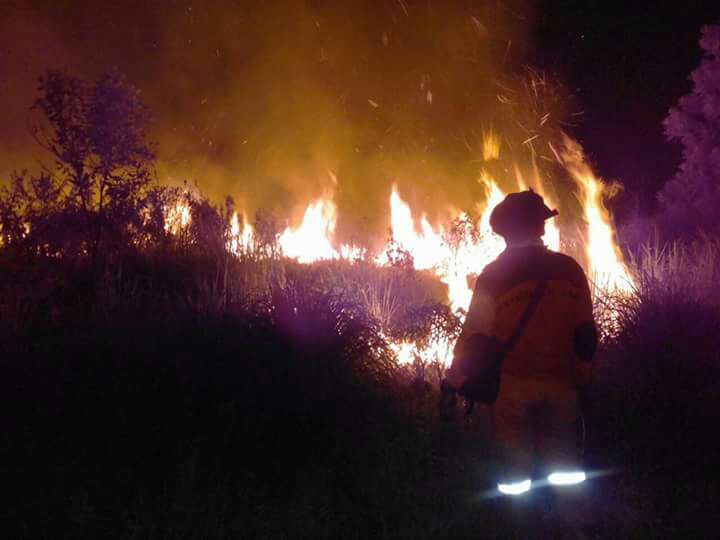State Records NSW has a remarkable collection that’s been extensively digitised.
Since one of the themes of this blog is trams, or light rail as the rather over engineered contemporary version of a Sydney tram is called, I’ve planned a series of posts on trams.

Reproduction rights: State Records NSW
Globally trams are on the way back, actually they were always there. It was only the short sighted few who abandoned them in favour of the internal combustion engine.
Myopic politicians
Here in New South Wales myopic politicians systematically dismantled and sold off the world’s largest urban tramway system. They were thorough in their work, what infrastructure they couldn’t grub-out they buried under bitumen or allowed fall into neglect.
Where dedicated tramway land remained they either alienated or filled it in with ‘development’. Tramways infrastructure has all but disappeared from Sydney, except for those with a discerning urban eye. Rebuilding tramway networks presents a difficult task. Nowhere is the nature of the task more evident than in the suburb of Randwick. Yesterday this was driven home to me as I stood and looked at what was once a broad avenue of dedicated tramway running from Peter’s Corner (Randwick Junction) to Centennial Park.
This was the intersection of Belmore Rd/Cook St and Alison Rd. Between Coogee Beach and Flinders St Belmore was one of the few places where trams actuially travelled on a roadway. Elsewhere they remained on dedicated tramway en route from Coogee to the City.
Now as I gazed diagonally across the intersection towards Cook St I was reminded of just how much money politicians made for their respective levels of government, selling off swathes of dedicated tramway land for high density residential development.
The broad avenue of tramway descended past some fine old late Victorian mansions, some replete with classical statuary, before swinging past the vast Randwick tramways workshop.
Currently Sydney City Council is investigating the options for restoring some trams from the 1950s and 1960s, lying vandalised and neglected in what remains of the old Rozelle Tram Depot.
The six trams ferried Sydney commuters in the 1950s and 60s, and include the last tram ever to run on the Sydney Tramways network. They are at great risk of deteriorating beyond repair.
For more comment on trams see High Riser, a blog by Andrew, from Melbourne
Photo collection
The photo archives of State records NSW contain many fine images of trams from this area. Here are just a few.
Dr John Gerofi
In a later blog I’ll be interviewing Sydney Engineer Dr John Gerofi who has been a life long campaigner for trams and was instrumental in the campaign to see the construction of the Central to Lilyfield line.




Leave a comment